As we return to learning this fall, we will still need to abide by CDC and local guidelines to keep both students and teachers safe. Maintaining connection, choice, and stimulation in the classroom will help with a smooth transition back. Here are a few tips to ensuring this transition is healthy and engaging for students:
- Use bookshelves as pattern flow reminders to keep students moving in one direction—this will help continue using distance in the classroom.
- Brain breaks will be imperative to keep students active and the flow of oxygen going. For example, Movement Minutes keep the blood flowing. Students can make small movements that cross the midline of the brain while maintaining their own space.
- Allow students to sit on the floor and use their chair as a table if they need a break from a chair.
- A “think about” is a way for students to answer and interact. Get each student a small whiteboard and have them use those to share with a “partner”. Use the clock face method to have them pick partners (or maybe you since they can’t float around) and they communicate with that partner on a white board. It would be fun to have them “air mail” an answer to their partner.
- Break learning into small chunks.
- Establish clear student participation expectations.
- Provide frequent feedback.
- Students still need to be social so allow time to just chat and discuss content. Give them the time to turn to a partner and talk.
- Small groups—you can still arrange your classroom to allow students to be collaborative, while maintaining physical distance. Play with arrangements that can keep students separated. Don’t be afraid to have students help “design” their classroom. The more you get them involved, the more they will buy in to new ideas.
- Don’t forget to pay close attention to, and spend more time with, social emotional learning. After times of crisis, it is important to allow students to express their feelings. You want to be sure students don’t get bogged down but acknowledge their feelings.
Dr. Sue Ann Highland
Dr. Sue Ann Highland is the National Education Strategist for School Specialty. As an Education Strategist, she uses her expertise in educational initiatives and administrative leadership to help teachers and leaders to transform teaching and learning.
In addition to her work at School Specialty, Highland has also served as a change and improvement consultant to more than many Colorado business and educational institutions since 2004. In this capacity, she enhanced personnel performance, streamlined organizational operations and introduced process improvements that enhance productivity for companies and schools. She also has several years experience in managing a team that transforms learning environments for districts.
Highland derives her expertise from over 25 years in education, with half of those years in rural districts. She has worked as an Organizational Development Director, an elementary school principal and a school district’s Director of Federal Programs, Curriculum and Instruction. In these positions, Highland was responsible for professional development and daily management as well as for leading initiatives and evaluating staff performance and results. She specializes in improvement, turn around, and change management.
Highland received a Master of Arts in Educational Leadership and Policy Studies from the University of Northern Colorado and a Ph.D. in Industrial/ Organizational Psychology from Grand Canyon University.
Read more by Dr. Sue Ann Highland–>


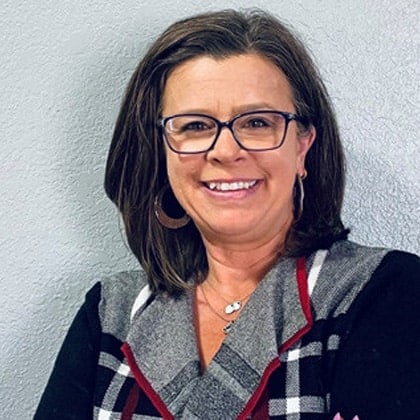
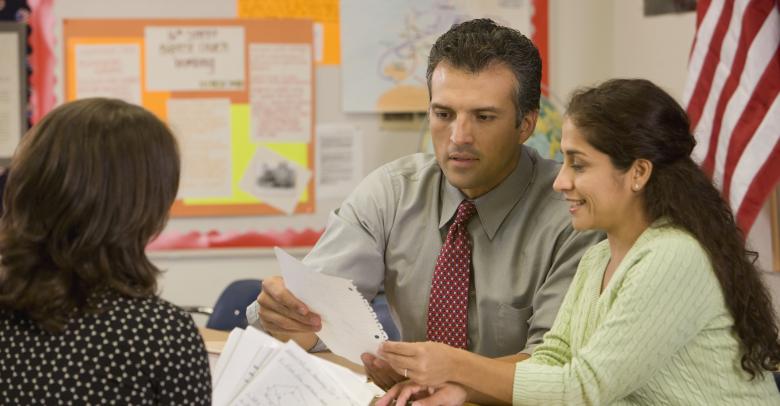
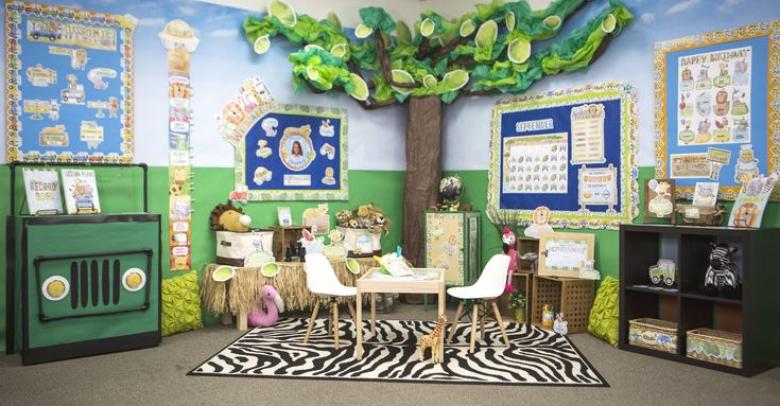
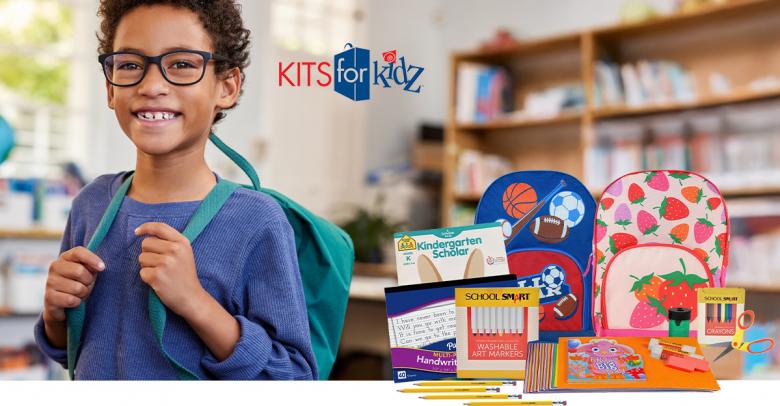
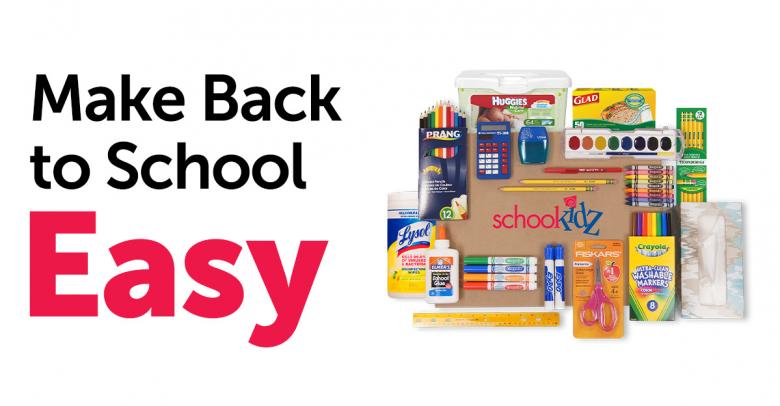
Leave a Reply